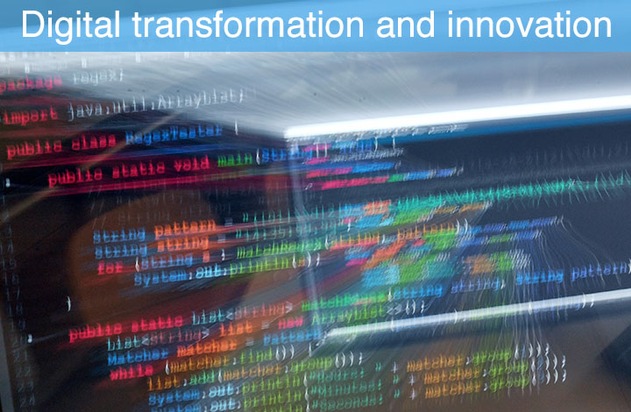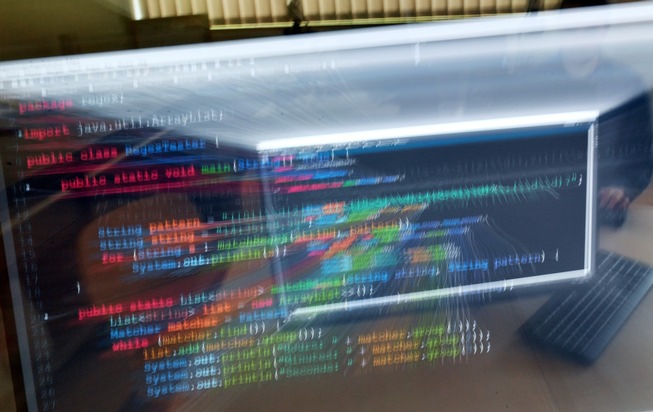EU to develop eight high-performance supercomputers to boost research
The European Union will build eight supercomputers to support researchers, industry and businesses, the bloc's executive announced Friday, amid efforts to keep up with competition from the United States, China and Japan.
Supercomputers, which are able to process huge amounts of data in a short time, are used in areas from medical research and weather forecasting to the management of large-scale disasters such as hurricanes and earthquakes.
At present, European scientists have to process their data outside the bloc. This threatens privacy, data protection and commercial trade secrets, the European Commission said last year, when it unveiled plans to develop an EU infrastructure.
Eight sites have now been chosen to host these computers, the commission announced Friday. These are the Bulgarian capital Sofia, Ostrava in the Czech Republic, Kajaani in Finland, the Italian city of Bologna, Bissen in Luxembourg, Minho in Portugal, Maribor in Slovenia and the Spanish city of Barcelona.
"It is a major step forward for Europe to reach the next level of computing capacity," said commission Vice President Andrus Ansip, adding that it would help develop the interconnected world of the so-called "Internet of Things," artificial intelligence, robotics and other future-oriented technologies.
Three of the new computers will be capable of performing 150 million billion calculations per second - up to five times more computing power than the EU's fastest computers at present, the commission said. These will rank among the global top five computers.
The remaining supercomputers will operate at a comparatively slower speed of 4 million billion operations per second.
The computers are expected to become operational during the second half of 2020.
[Attention: These images are intended exclusively for editorial use in connection with the current coverage and may be used only when using the copyright notice "Photo: dpa".]

